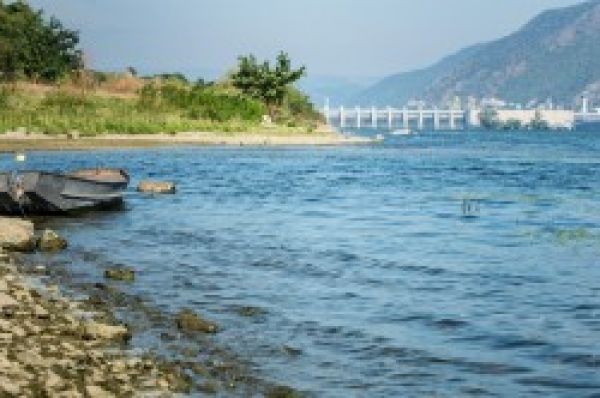Toxic substances from agriculture, industry and households endanger water quality in Europe - and by extension, ecosystems and human health. As part of the SOLUTIONS project, over 100 international scientists - coordinated by the Helmholtz Centre for Environmental Research (UFZ) - have developed methods and practical solutions for identifying pollutants and assessing the risks posed by chemical cocktails. This is intended to help reduce pollution in water resources. Researchers have described how politicians can implement these scientific results in 15 policy briefs, which have now been published in the Environmental Sciences Europe journal.
The EU Water Framework Directive (WFD) adopted in 2000 aims to protect Europe’s water resources. By 2027, EU Member States are required to bring all water bodies into a "good ecological" and "good chemical state". There’s still a long way to go. This is due, for example, to the fact that a few existing substances, for which there are currently no suitable possibilities for reducing pollution, lead to environmental quality standards being exceeded across the board in Germany and Europe - and thus to poor water quality. "What’s more, the complex mixtures of pesticides, medicines and industrial chemicals that are released daily and pose a considerable risk for humans and the environment are not taken into account when establishing the chemical status of our water bodies," says UFZ Environmental Chemist Dr Werner Brack, who coordinated the SOLUTIONS project that drew to a close last year. The current WFD indicator system does not differentiate between rivers with differing pollution nor does it demonstrate any actual improvements in water quality as a result of any measures implemented. This is why it urgently needs to be developed further. Otherwise, according to Brack, the objectives of the WFD cannot be achieved.
Continue reading at Helmholtz Centre for Environmental Research
Image via Helmholtz Centre for Environmental Research


